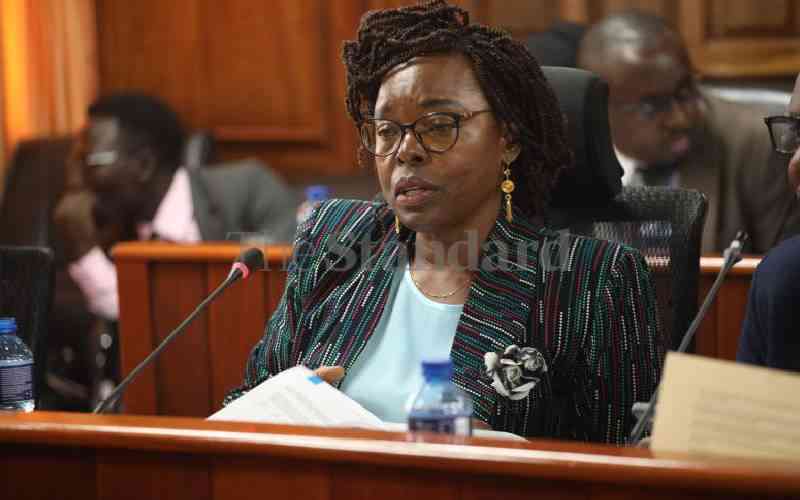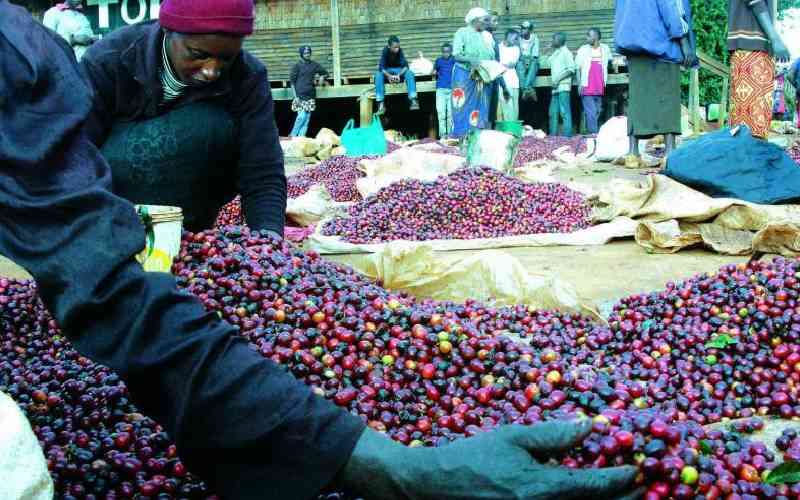While it is evident that many African countries’ debt-to-Gross Domestic Product (GDP) ratio – total public debt expressed as a percentage of the country’s total production of goods and services in a given period – has increased sharply in the last few years, the situation may be different from that leading up to the Highly Indebted Poor Country (HIPC) and Multilateral Debt Relief (MDR) initiatives.
A cursory look at the global picture shows that high debt-to-GDP ratio is a global phenomenon. As at 2016, eight African countries featured among the thirty countries with the highest debt-to-GDP ratio globally. Interestingly, nine African countries also featured among the 30 countries with the least debt-to-GDP ratio.
According to the International Monetary Fund (IMF) in 2018, more than one-third of developed economies had public debt above 85 per cent of GDP in 2017.
One-fifth of emerging markets and middle-income economies had debt above 70 per cent of GDP in 2017. The fastest growth was realised among the low income developing countries. For this group, one-fifth had debt above sixty percent of GDP in 2017, compared with almost none in 2012.
Economic outlook
According to the IMF’s World Economic Outlook report for 2018, Japan’s debt-to-GDP stands at a whopping 240 per cent, Italy 130 per cent, USA 106 per cent, Canada, UK, France and Spain in the range 80-100 per cent.
There, however, appears to be relatively less concern about the risk of default by these countries. At the same time, countries such as Venezuela, defaulted with a debt-to-GDP ratio of about 30 per cent. Similarly, one of the African countries facing debt default or restructuring, Chad, has a debt-to-GDP of just 49 per cent.
The apparent weak relationship between debt-to-GDP and risk of debt default raises the question of the efficacy of debt-to-GDP as an indicator of debt sustainability. It appears that high debt-to-GDP is the “new normal.” This suggests that debt-to-GDP may no longer be a robust indicator of indebtedness.
Indeed, the IMF believes that much of Africa’s debt is manageable with the exception of a few cases where countries are approaching stress levels. That notwithstanding, the pace of debt accumulation in Africa has been astronomical. In sub-Saharan Africa, average public debt increased from about 37 per cent of GDP in 2012 to nearly 60 per cent by 2017.
Debt-to-GDP ratio is often used as the primary indicator of debt burden, though the indicator is often augmented by other considerations, for instance, external debt service as a percentage of export revenues and/or total revenues; Country Policy and Institutional Assessment (CPIA) index.
These assessments are also relied upon by prospective lenders as indicators of a country’s debt capacity. Africa’s borrowing is largely driven by the infrastructure.
Without adequate investments in these infrastructures, Africa’s potential will remain untapped, and the continent may not be able to realise her development aspirations.
Africa's infrastructure
The African Development Bank in its report ‘The African Economic Outlook, 2018’ puts Africa’s infrastructure needs between US$130 – US$170 billion a year, with a financing gap of US$68 – US$108 billion. The concerted efforts by African governments to close the infrastructure gap have resulted in them running high budget deficits and accumulating public debt.
The apparent glut of finance following the global financial crisis (and quantitative easing in developed economies) may have encouraged countries to accumulate debt at a much faster pace, borrowing from capital markets (domestic and international), multilateral institutions, Paris and non-Paris Club countries.
Stay informed. Subscribe to our newsletter
Also, the Highly Indebted Poor Country and Multilateral Debt Relief initiatives meant many African beneficiaries found themselves with increased debt capacity, which may have increased their appetite for borrowing. Further, higher GDP growth in the region, in part driven by the commodity boom, may also have contributed to increased borrowing, as countries believed they had the means to repay.
However, the recent slowdown in economic growth, the weakening of currencies occasioned by softening commodity prices and weak fiscal performance have resulted in a sharp rise in the debt-to-GDP ratio for many African countries, and together with rising debt servicing costs, this has ignited concerns about debt sustainability in Africa. The concerns are further buttressed by the lack of diversification of most African economies, which tends to heighten vulnerability to shocks. But are these concerns and fears robustly founded?
The upcoming African Economic Research Consortium (AERC) conference which will be held in Nairobi from between December 2 and 6 is intended to address these issues in detail. The conference's theme is, Is There a Looming Debt Crisis in Africa? With a key-note address by the World Bank Vice President for the Africa Region, Dr. Hafez Ghanem. The Plenary will be opened by Treasury CS Henry Rotich.
Professor Ndung’u is the CEO of the African Economic Research Consortium.
 The Standard Group Plc is a
multi-media organization with investments in media platforms spanning newspaper
print operations, television, radio broadcasting, digital and online services. The
Standard Group is recognized as a leading multi-media house in Kenya with a key
influence in matters of national and international interest.
The Standard Group Plc is a
multi-media organization with investments in media platforms spanning newspaper
print operations, television, radio broadcasting, digital and online services. The
Standard Group is recognized as a leading multi-media house in Kenya with a key
influence in matters of national and international interest.
 The Standard Group Plc is a
multi-media organization with investments in media platforms spanning newspaper
print operations, television, radio broadcasting, digital and online services. The
Standard Group is recognized as a leading multi-media house in Kenya with a key
influence in matters of national and international interest.
The Standard Group Plc is a
multi-media organization with investments in media platforms spanning newspaper
print operations, television, radio broadcasting, digital and online services. The
Standard Group is recognized as a leading multi-media house in Kenya with a key
influence in matters of national and international interest.








